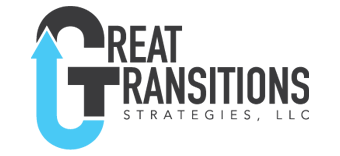After celebrating Independence Day this past weekend, I took some time to reflect on the team that came together to write the Declaration of Independence. Assembled with varied backgrounds and views on the path forward. They disagreed, argued, compromised, and came up with a document that serves as the basis for the country we live in today.
By all accounts, at times the team was wholly dysfunctional and at others working fairly well. Two elements that were common amongst the team
- All the players knew what brought them together
- Every member understood the path that got them to that place in time
How about you? Ever been thrust onto a team with little knowledge of how the team came together and its history? I have, and it took significant time to build cohesion and synergy. If we ever did.
In your experience with teams what would have been the impact if the above two criteria were fulfilled at the very start.
In every team coaching engagement, I have several activities I use to focus on team members understanding the team. Here is the basic framework for one activity I call, “The Epic Story of ———”. I modify the activity based on the specific needs of each team.
The purpose is to ensure the team and each member understands how this team came to be. Learning how it started and who were the players that came and went. Understanding what the team accomplished and learned over time. And most importantly what brought the members of this team together and why they are here now.
Overview
Using a LARGE whiteboard or multiple sheets of easel paper the team creates their “Epic Story”. They construct a timeline starting with the longest-tenured team member. For large teams, this could mean covering the walls of the room with the timeline.
Picture a timeline drawn horizontally across the middle of the paper. Each individual beginning with the longest-tenured member has 5 minutes to talk. Above the timeline they add data about people, below the timeline, they add info about events.
Specifics
The team decides on the information they would like to see. Typically, above the line topics are; team member’s arrival and departure, particularly team leaders, and what is it like to be on the team. The most interesting topic I have seen was each member chose a metaphor for the team at the time they joined.
Below the line captures events, milestones, defining moments, and lessons learned. Each member covers the time period from when they started to when the next member joined.
As you can imagine, the longer-tenured members cannot help themselves and make more contributions on the way. The only rule I impart is each member gets to make their contribution prior to additions from other team members. A time limit has also been a valuable tool.
My Experience
Picture a team of eight going through this exercise with a spread of tenure of 21 years to 6 months. What do you think this can do for the team?
I have seen this be an enlightening experience. It allows for genuine interest in the history and impact of particular events and people. Differing perspectives and interpretations of events produce rich exchanges between members. The sharing of the history and path traveled provides significant energy and understanding of the path forward.
What would be the impact on your team? Want to see a brief overview of this activity in action? Check it out HERE.




